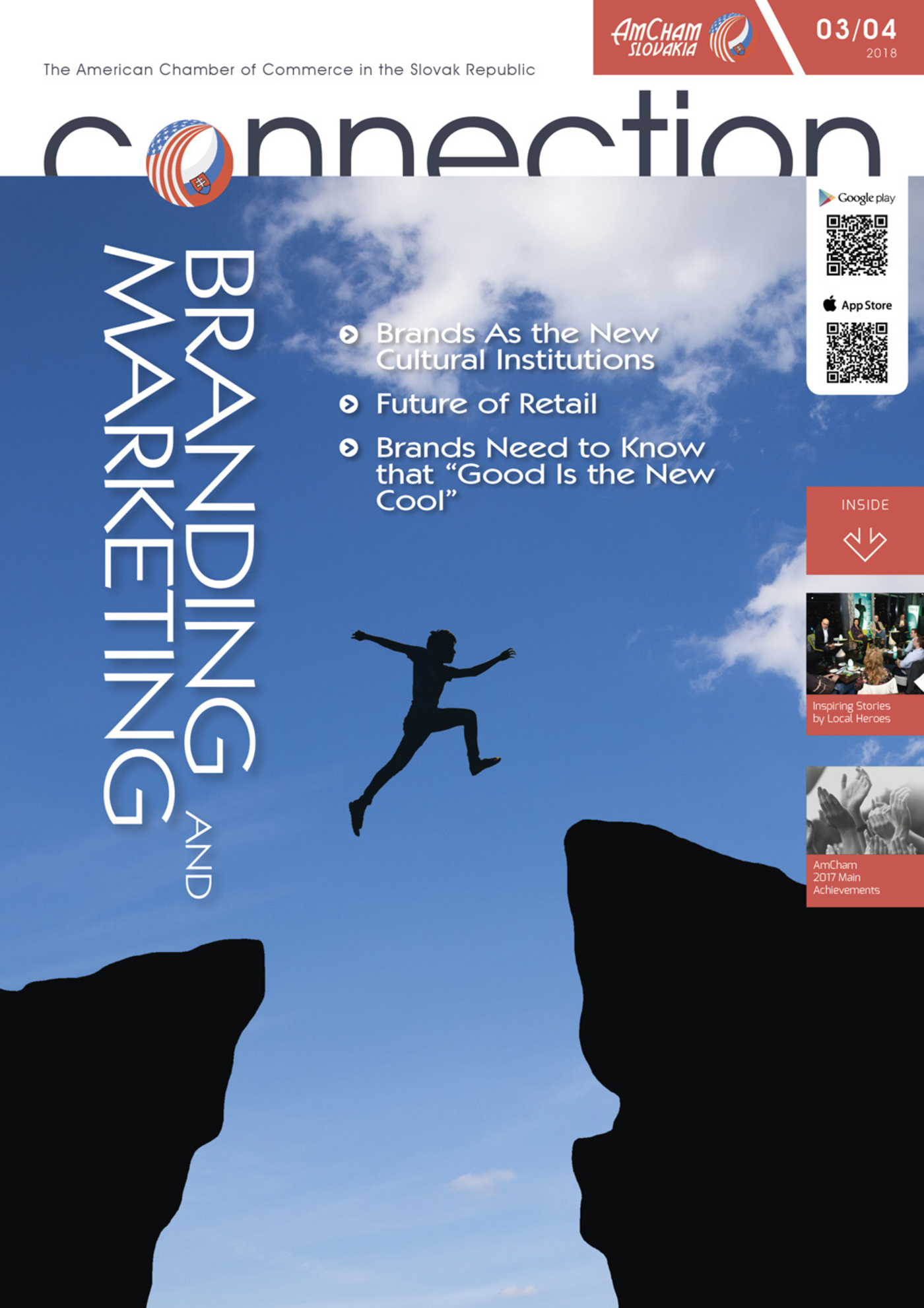Talking to young people around the world, Jones found a rising tide of concerned citizens who want to change the world and who also want to consume the latest, greatest stuff. These two worlds are drawing increasingly closer, driven by three key shifts: First, the rise of a new generation of young people – Millennials and Gen-Zers – who are aware of injustice around the world and want to do something about it. Second, this demographic is creating an environment where, in order for marketers to succeed, they must position their brands to relate to the values and concerns of citizens, not just consumers. Third, there is a rising tide of activism among influencers, the cool kids, and celebs who lead pop culture. Taken together, these three converging trends are rapidly changing global youth culture and society at large.
Jones wanted to discover the cause of these shifts and who the leaders are, and share what he learned with marketers and creatives seeking to put meaning and purpose into their work. “We set out to write this book with a single purpose: how do we serve the world changers, the innovators and provocateurs who believe in using business and culture as forces for good?”
Corporations are beginning to struggle with these issues, as well. When speaking about the 4Ps of marketing (price, packaging, positioning, and placement), Jones sees the emergence of a fifth P – Purpose, which unites all of the principles to provide a guiding North Star.
Atop Amazon’s Best Seller List
Jones’ book, released last year, shot to #1 on Amazon, demonstrating its resonance with people who believe you can do work that impacts the greater good, and still make money. “Good Is the New Cool resonates due to what we see as a crisis of meaningfulness in the market,” according to Jones. In fact, researchers at Edelman Berland found that consumers view advertising and marketing as one of the least valuable professions to society. Worse, only 35 percent of marketing professionals considered their own profession valuable.
In Jones’s journey to discover who is creating new models, he interviewed several dozen people (including employees of large corporations, non-profits, and start-ups) who are doing innovative work, making money, and positively impacting the world. Out of these discussions emerged the seven basic principles of the “good is the new cool” mantra.
1. Know your purpose
Everyone Jones spoke with had an idea of purpose. Mark Twain said the two most important days in your life are the day you are born and the day you realize why you were born. Everyone knew what they wanted to accomplish, whether it was about short-term projects or life goals.
2. Find your allies
Find people and organizations that share your purpose and are doing similar work. You don’t have to be the lonely hero. There are others who share your business and social goals.
3. Think citizens, not consumers
People across the world are increasingly vocalizing this stance: we are more than consumers, and we care about others and the environment. This situation presents a huge opportunity for brands to speak to people in a multifaceted way more than ever before.
4. Lead with the cool
Even with the best intentions and ideas to impact the greater good, if you want people to pay attention, connect, and advocate, then you have to lead with cool. Make it exciting and engaging! Bring in the people who can make this possible and lead with this to draw people to your purpose.
5. Don’t advertise, solve problems
Brands that are not solving problems in the world will soon be replaced by those that are. If your brand is not solving problems, from the everyday to the epic, then you need to ask questions now.
6. People are the new media
People (we) control the narrative; we control the conversation. Brands need to earn their place in the conversation and the way to do that is by solving people’s problems. Recent campaigns that have made an impact – that have connected – have done so because people listened and responded, driving results through social, not paid media.
7. Back up the promise with a plan
Transparency is now the mandate. We can find out anything about anyone, or any brand, that we care about. If you care about the environment or a healthier world, if you say those things, then you have to back it up with an action plan and go to market in a way that engages. People will increasingly hold brands accountable should they fail to live up to their promises.
“Now it’s up to us,” said Jones. “For those of us in creative fields, in marketing and entrepreneurship, who actually give a damn about the quality of life and want to do something to make a positive impact, there’s never been a better time. Think about your job and the impact you want to have on the world and use these principles to create transformation not only for the world and the marketplace, but also for yourselves, doing work that makes you feel alive and a purposeful human being.”
About Brandingmag
Brandingmag is the original branding magazine, an independent journal narrating the discussion around branding with thought leadership from across the globe. Our dedicated team of writers strives to keep readers informed and intrigued with unique work from brands across the globe, concentrating on fresh brand and marketing strategies, executions, identities, development, and overall evolution. www.brandingmag.com
Len Stein, President & Founder, Visibility Public Relations



Follow us